Audemars Piguet
I Am Legend — The Jaeger-LeCoultre Calibre 920
Audemars Piguet
I Am Legend — The Jaeger-LeCoultre Calibre 920
The Jaeger-LeCoultre calibre 920 is in my opinion the most significant automatic, ultra-thin calibre ever created for several reasons. The first is that without it, two of the world’s most important watches and to this day the most sought-after grail timepieces — namely the Audemars Piguet Royal Oak reference 5402ST from 1972 and the Patek Philippe Nautilus reference 3700/1A launched in 1976 — would not have been possible. When I say this, I mean that these watches would not have possessed the wonderful dynamic tension between bold, oversized cases contrasted by the deliciously thin profiles that this amazing ultra-thin movement allowed.
Second, the calibre 920 can be considered one of the most important factors in Audemars Piguet’s success over the past half-century. Not only did it power the legendary Royal Oak, but it also made possible the watch that truly saved Audemars Piguet from the Quartz Crisis. That is the reference 5548, the world’s thinnest automatic perpetual calendar, with a diameter of 36mm but a thickness of just 7mm. Launched in 1978, the watch went on to become one of Audemars Piguet’s greatest success stories. Says AP historian Michael Friedman, “What I love about the 5548 was, at a time when no one was creating complicated watches, let alone an all-new, record-setting ultra-thin automatic perpetual calendar, that’s precisely what AP did and it made all the difference. Can you imagine we made 675 of these in 1984? That year there were only 1,066 perpetual calendars in Switzerland. Meaning, we made considerably more than half of all these watches.” Finally, the calibre 920 stands apart as one of the most reliable, beautiful and technically innovative movements of all time.
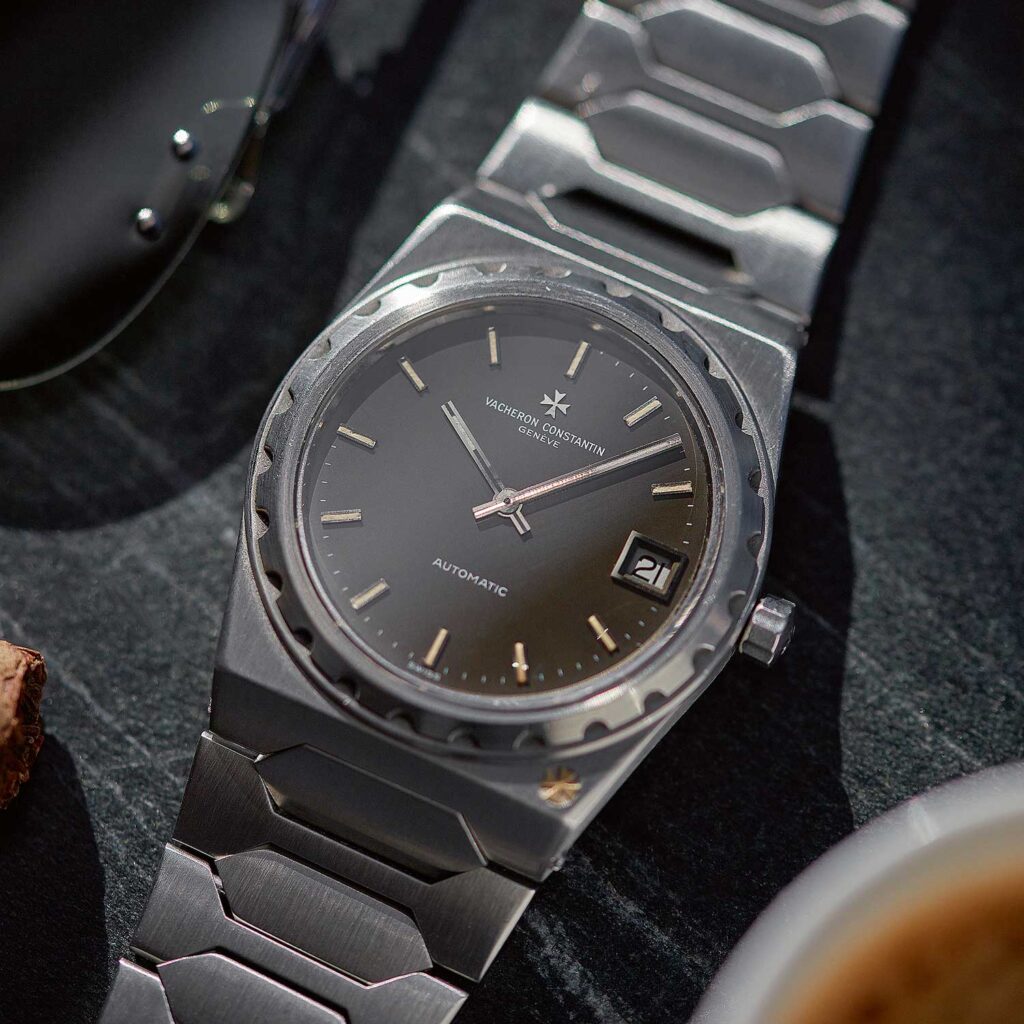
Vacheron Constantin Ref. 222 (Image: A Collected Man)
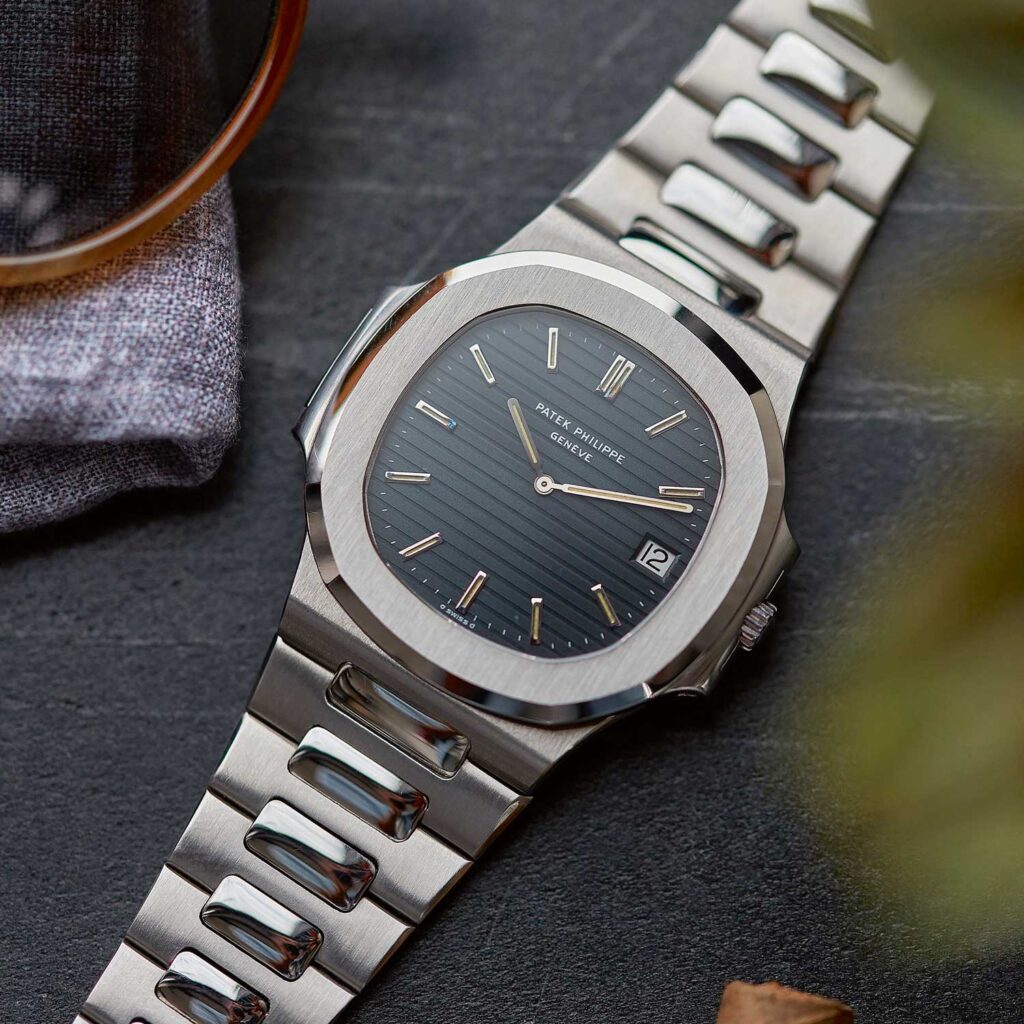
Patek Philippe Nautilus Ref. 3700/1A launched in 1976 (Image: A Collected Man)
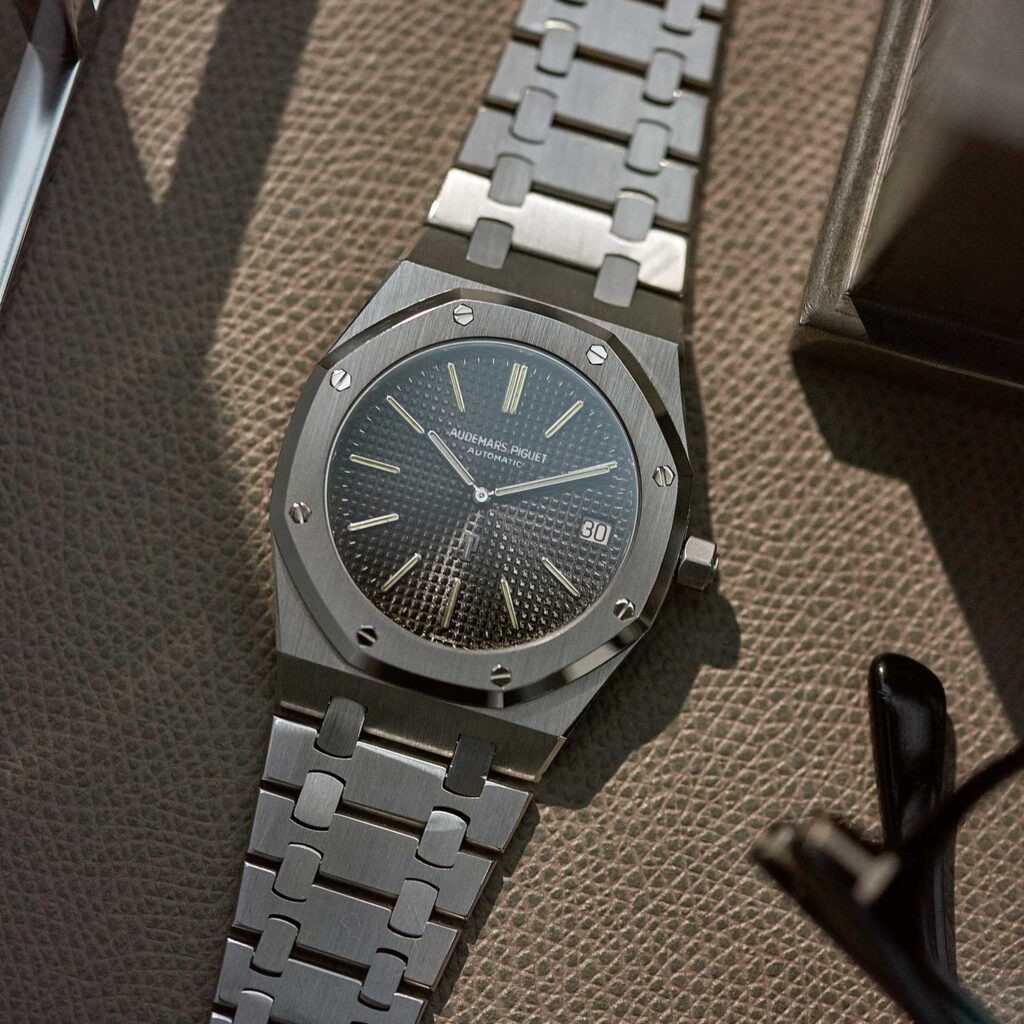
Audemars Piguet Royal Oak Ref. 5402 (Image: A Collected Man)
But let’s see what else makes it so special.
Free Sprung Balance
Looking at this movement, the first thing to notice is a free sprung Gyromax balance wheel. This means that the regulation of the movement is performed by turning opposable weights fitted to the balance. This alters the inertia of the balance wheel, which is considered to be a more stable way of regulating a watch, rather than manipulating a regulator which changes the effective length of the hairspring. The balance of this movement oscillates at the very unique speed of 19,800vph. Note that the decoration on the balance cock is an instruction on how to use the weights to alter the inertia of the balance.
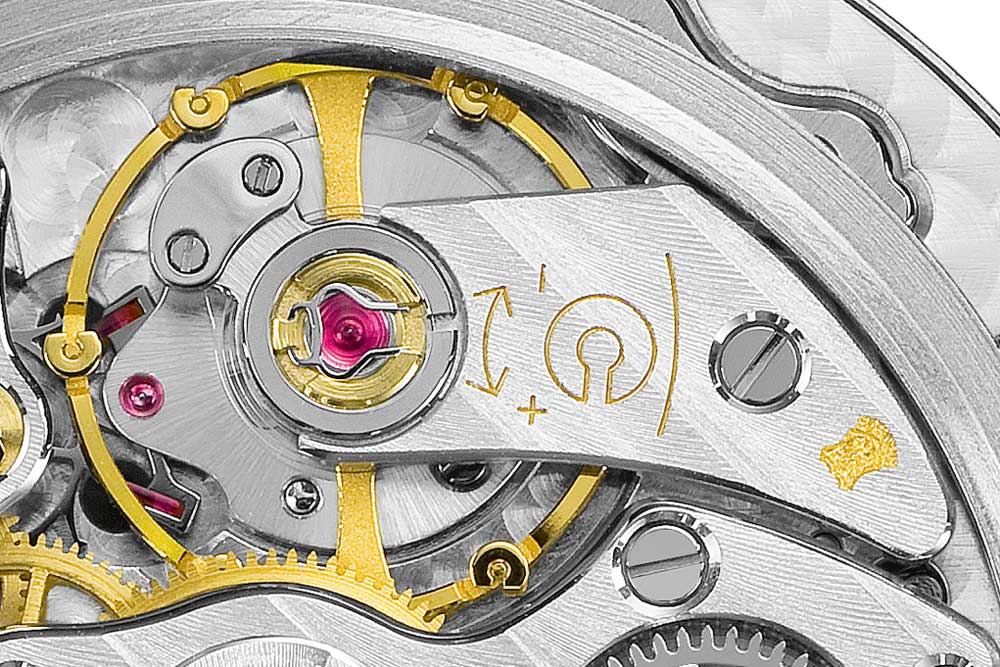
Notice the free sprung balance. The balance cock is even engraved with instructions on how to regulate it using the opposable weights.
Ultra-Efficient, Highly Innovative Rotor
The full-sized rotor is designed so the maximum amount of its mass is at its outer perimeter. This thicker section of the rotor actually fits into a recessed area in the baseplate. To aid in stability, the calibre 920 features a beryllium ring integrated into the rotor which floats on special jewelled rollers to aid in the smoothness of its movement. There are four of these jewelled rollers and each is mounted on an axle and fixed to the mainplate. One of the effects of this system is a totally unique sound when the rotor is moving. It sounds, for lack of a better description, expensive. The rotor winds in both directions.
Now let’s look at the calibre 920 as it was used by each member of watchmaking’s Holy Trinity.
Patek Philippe Calibre 28-255, 1976–1981
In order to achieve the slim profile of the original Nautilus designed by the legendary Gérald Genta and launched in 1976, Patek Philippe selected the calibre 920 as its engine. As the Royal Oak had been launched four years earlier and to good results, it is plausible that Patek decided to borrow a page from AP’s success and simply use the same movement. The resulting watch was 42mm in diameter and just 7.6mm in thickness. The caliber 920 was transformed into the Patek Philippe calibre 28-255. This movement served faithfully in the Nautilus until the introduction of the reference 3800/1A in 1981, a mid-sized 37.5mm-diameter Nautilus which featured the new in-house calibre 335 SC with central seconds and date. This movement was 3.5mm as opposed to the calibre 28-255’s 3.05mm, although a more apt comparison would have been the central seconds version of the calibre 920, which would have been 3.40mm. The modern version of the Nautilus, the ref. 5711 launched in 2006 for the model’s anniversary, features the in-house calibre 324 SC. It is 8.3mm in thickness.
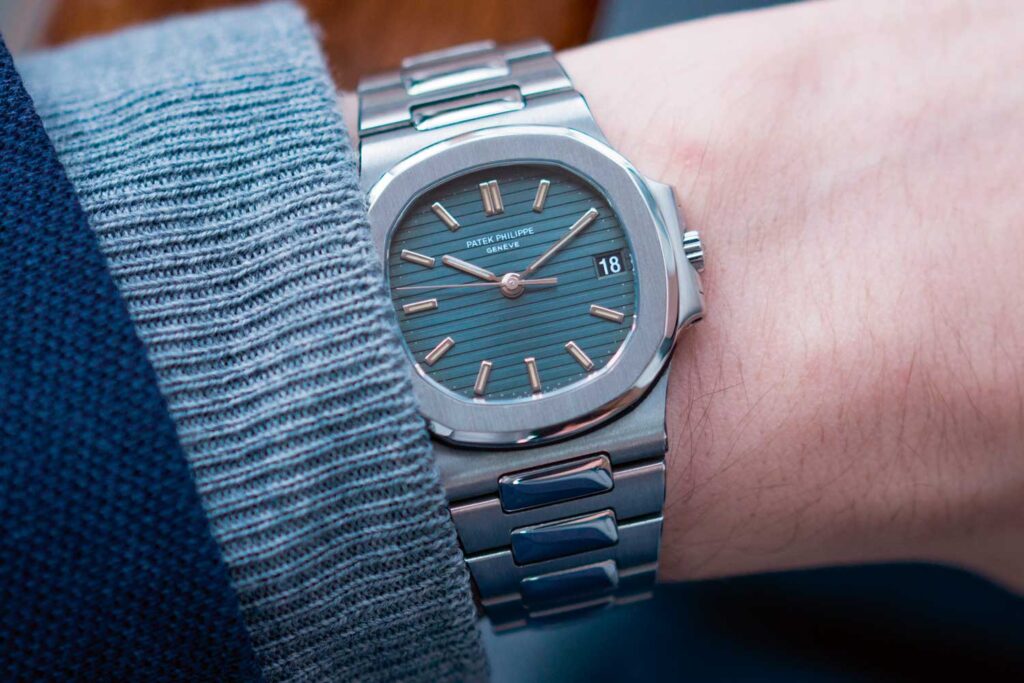
The mid-sized Nautilus 3800/1A launched in 1981 with a new in-house movement, marking the end of the calibre 28-255. (Image: A Collected Man)
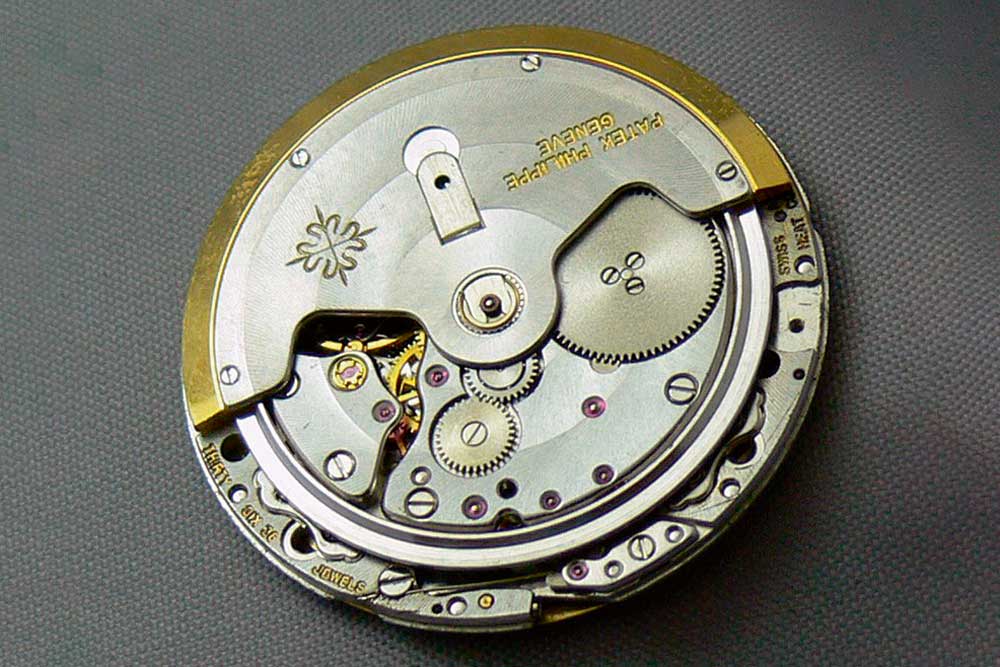
The beautiful Patek calibre 28-255 was found in the original 3700/1A from 1976. (Image: A Collected Man)
Vacheron Constantin Calibres 1120, 1121 And 1122, 1977–Present Day
In 1977, to celebrate its 222nd anniversary, Vacheron Constantin entered the integrated bracelet sports chic market with its aptly named 222. Instead of approaching Gérald Genta who had designed both the Royal Oak and the Nautilus, Vacheron tapped a young upstart watch designer named Jörg Hysek. The result is one of my favourite watches, with its stunning distinct fluted bezel and barrel-shaped, faceted case decorated with an engraved Maltese cross on the bottom right. This watch came in both 37mm and 34mm versions, both 7.2mm thick and powered by the Jaeger-LeCoultre 920-based calibre 1120. The result is one of the most elegant watches of all time. However, in 1996 when Vacheron launched the 222-inspired Overseas watch designed by Dino Modolo, it replaced the calibre 920 with a thicker Frédéric Piguet movement.
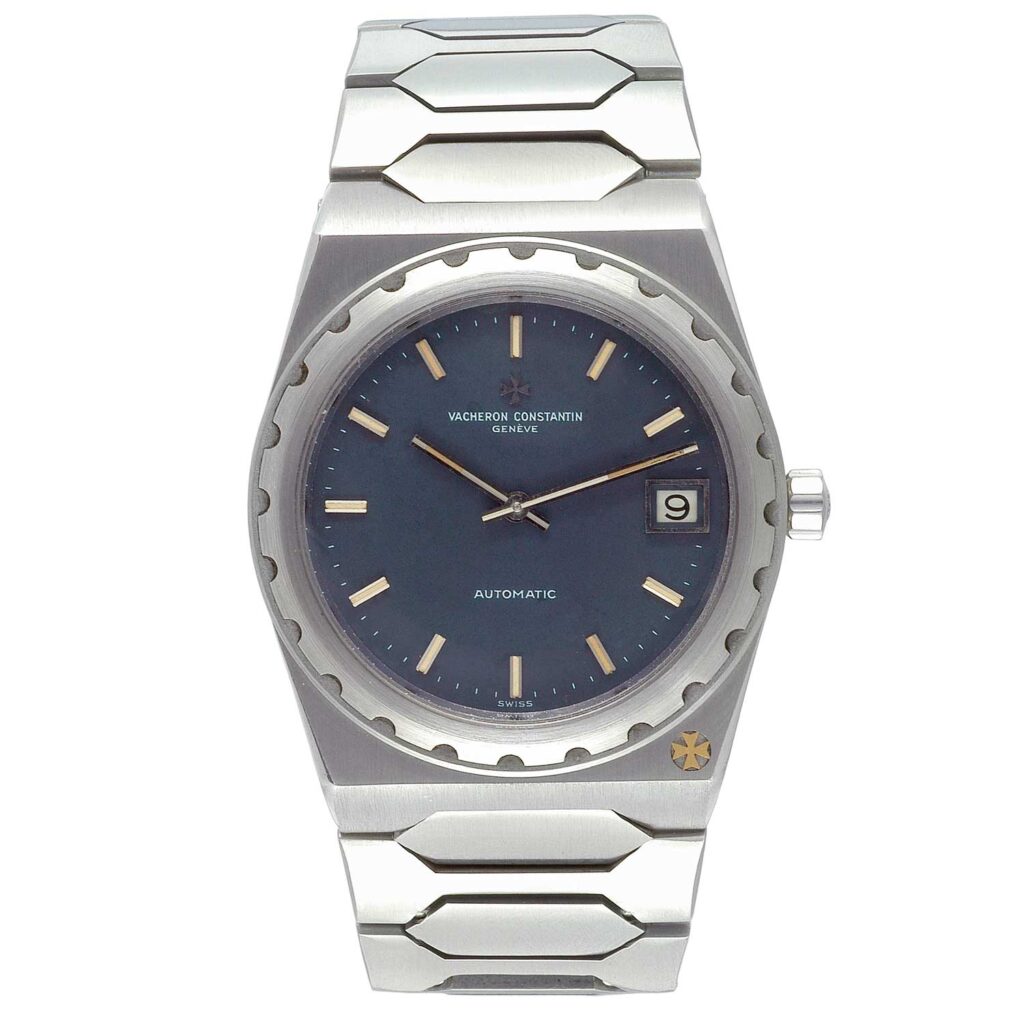
The Vacheron Constantin 222
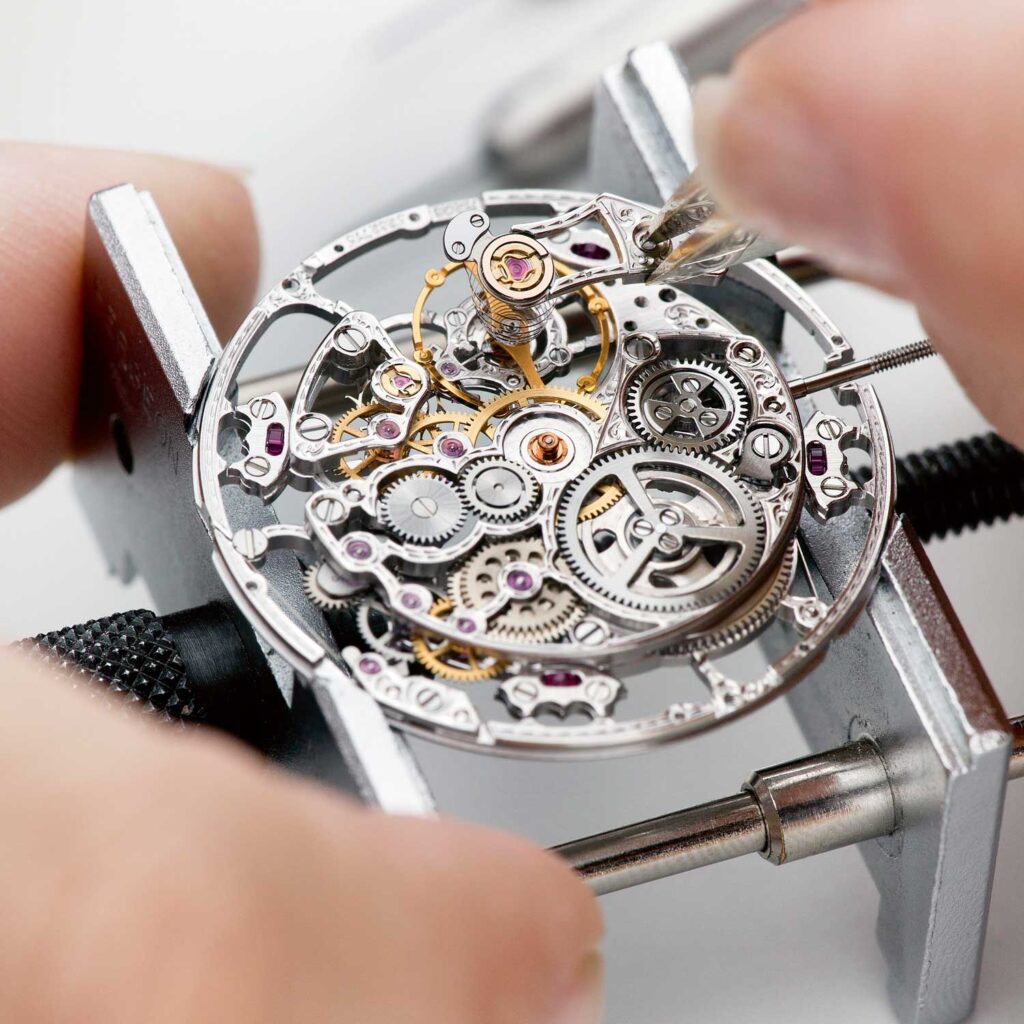
The calibre 1120
As an amusing aside, the thinnest watch that Vacheron Constantin has ever made using the calibre 1120 is the square-cased Historiques Ultra-Fine 1968 watch reference 43043 that dates to 2010. As the name implies, this was a tribute to the appealing square-cased reference 7614 that made its debut in 1968. The modern watch featured a 35.2mm case diameter and was an ethereal 5.5mm in thickness.
Vacheron still uses the beautiful calibre 1120 outside of the Overseas family and today it powers the two-hand no-date beauty that is the Traditionnelle Self-Winding Ultra-Thin. This wonderful work of Zen reductionist watchmaking is 7.26mm in thickness and features a sapphire caseback where you may revel in the beauty of the movement’s rotor replete with the integration of a skeletonised Maltese cross. Note that Vacheron purchases this movement from Audemars Piguet, which now owns the exclusive rights to its manufacture.
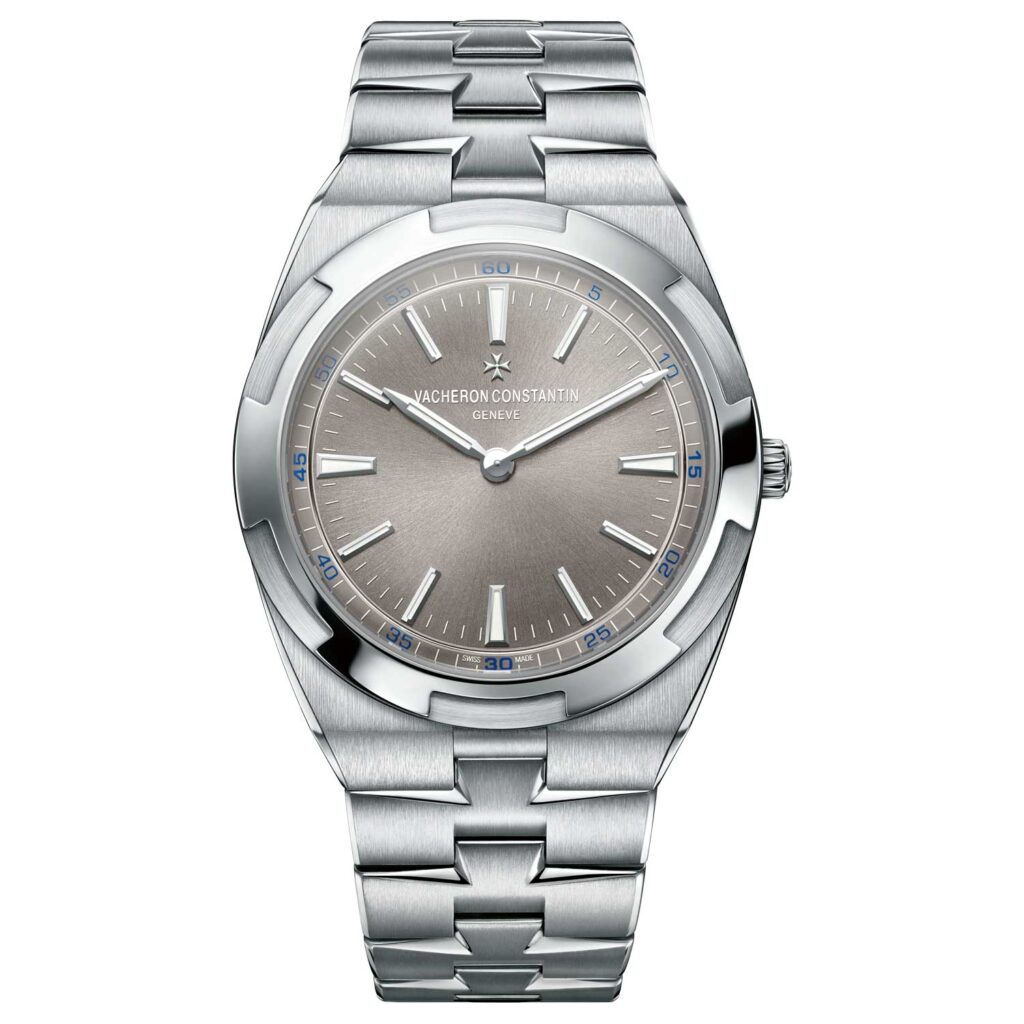
The Overseas Ultra-Thin time-only model from 2016
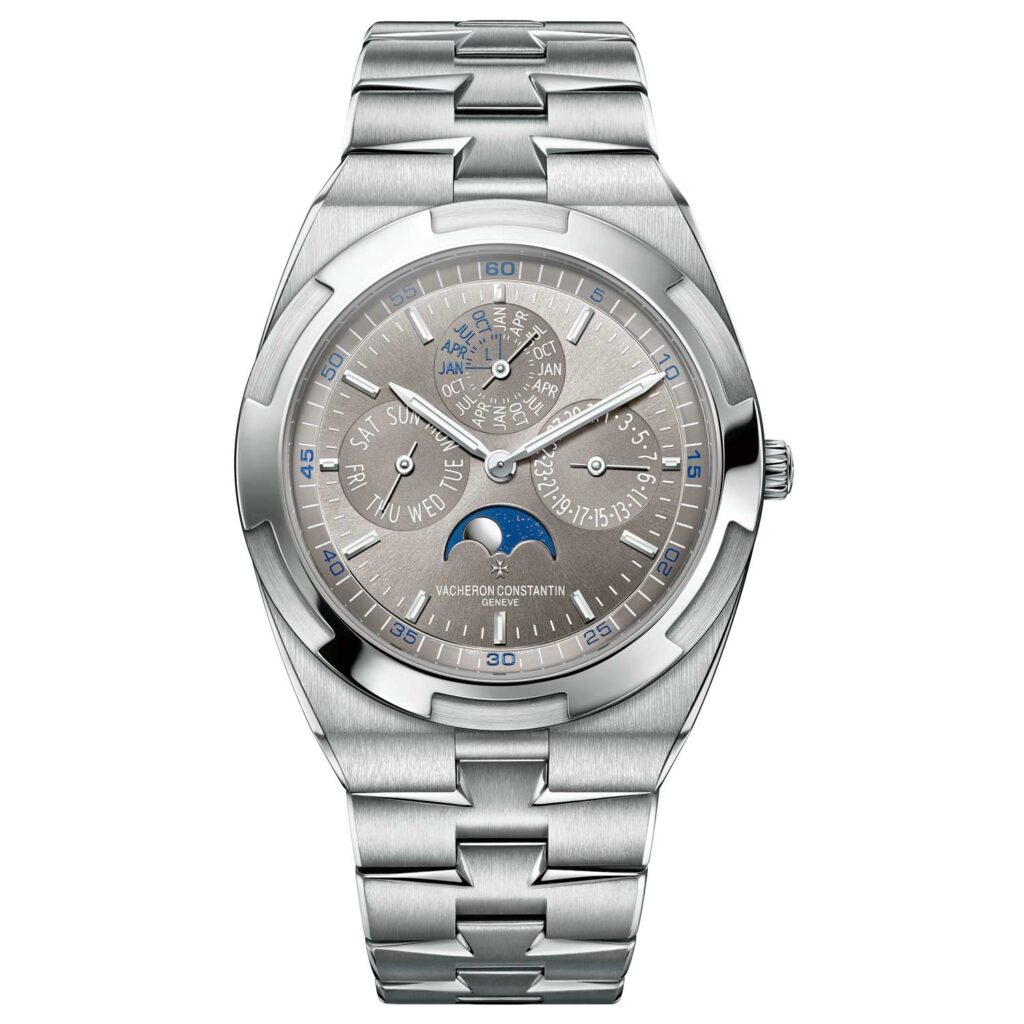
The Overseas Ultra-Thin perpetual calendar
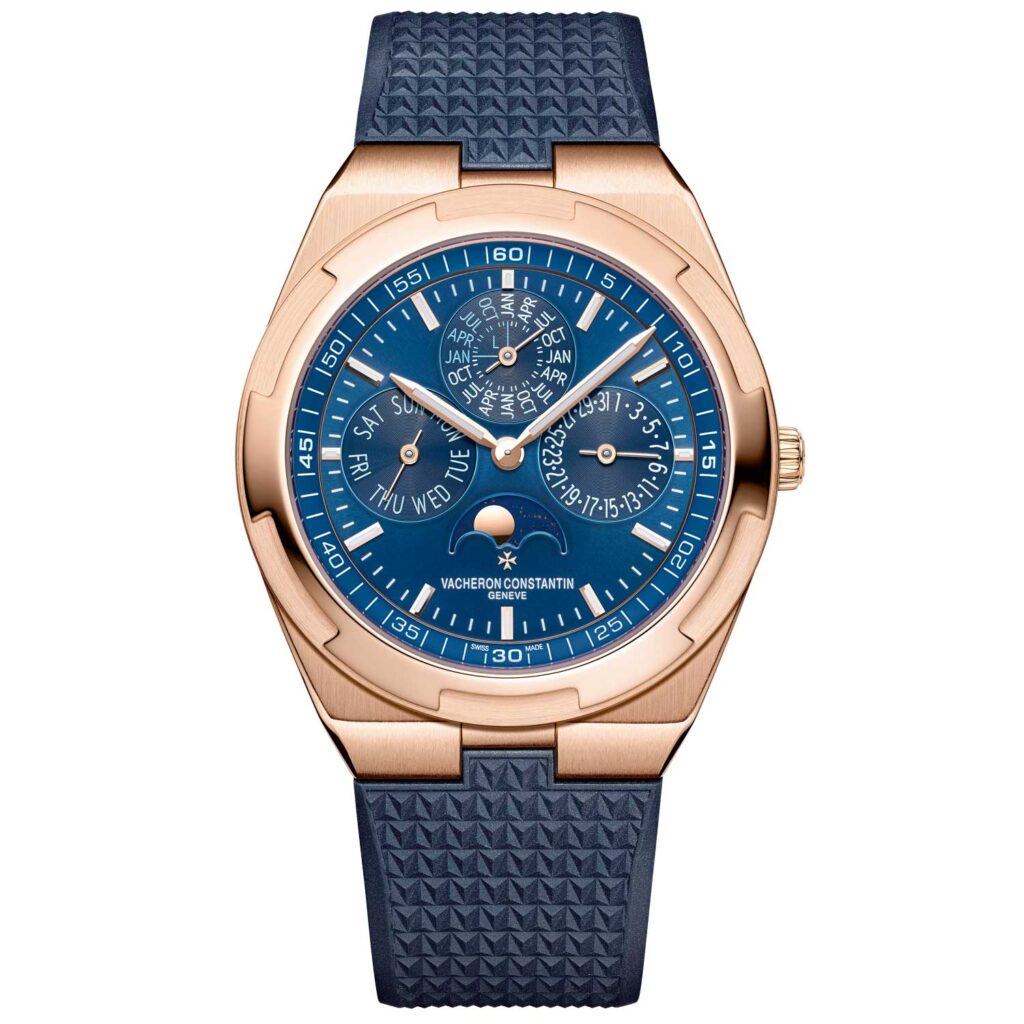
The Overseas Ultra-Thin with a blue dial released in 2019
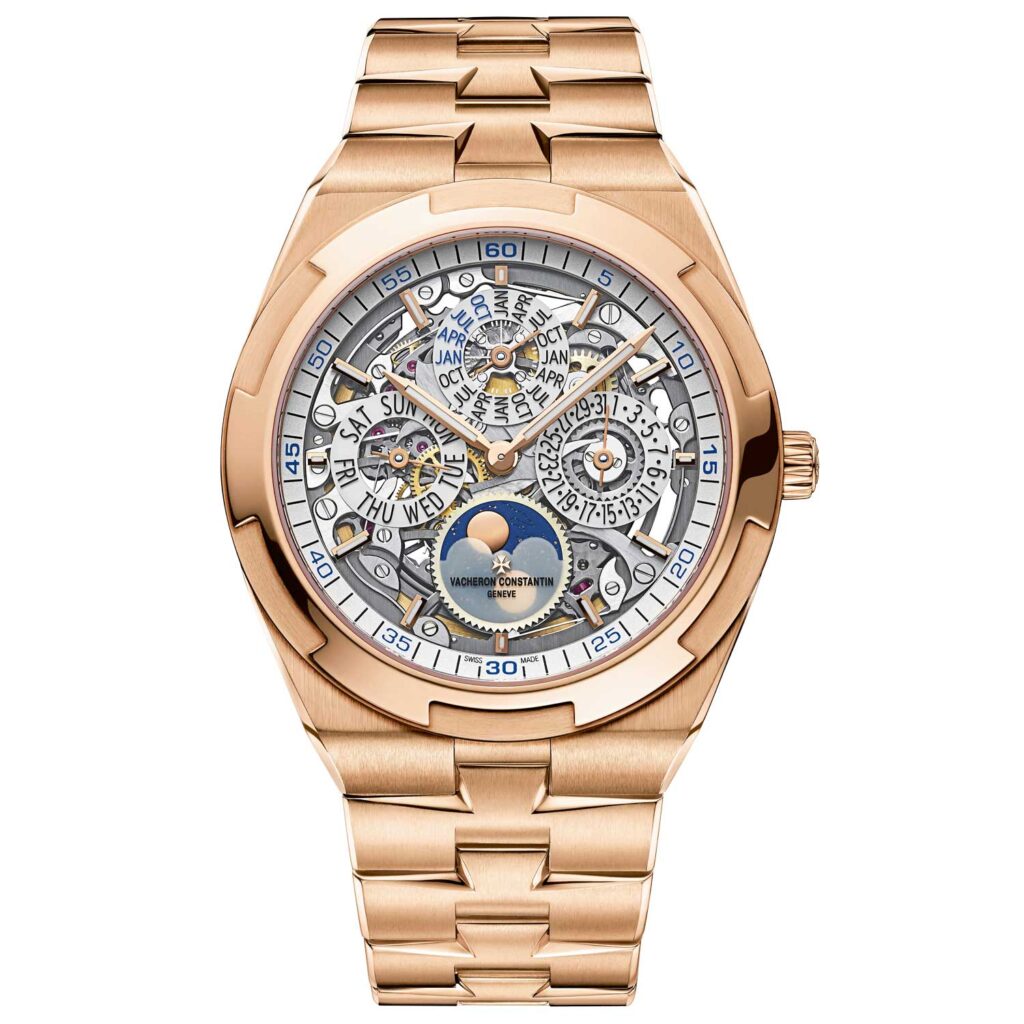
The skeletonised version released in 2020
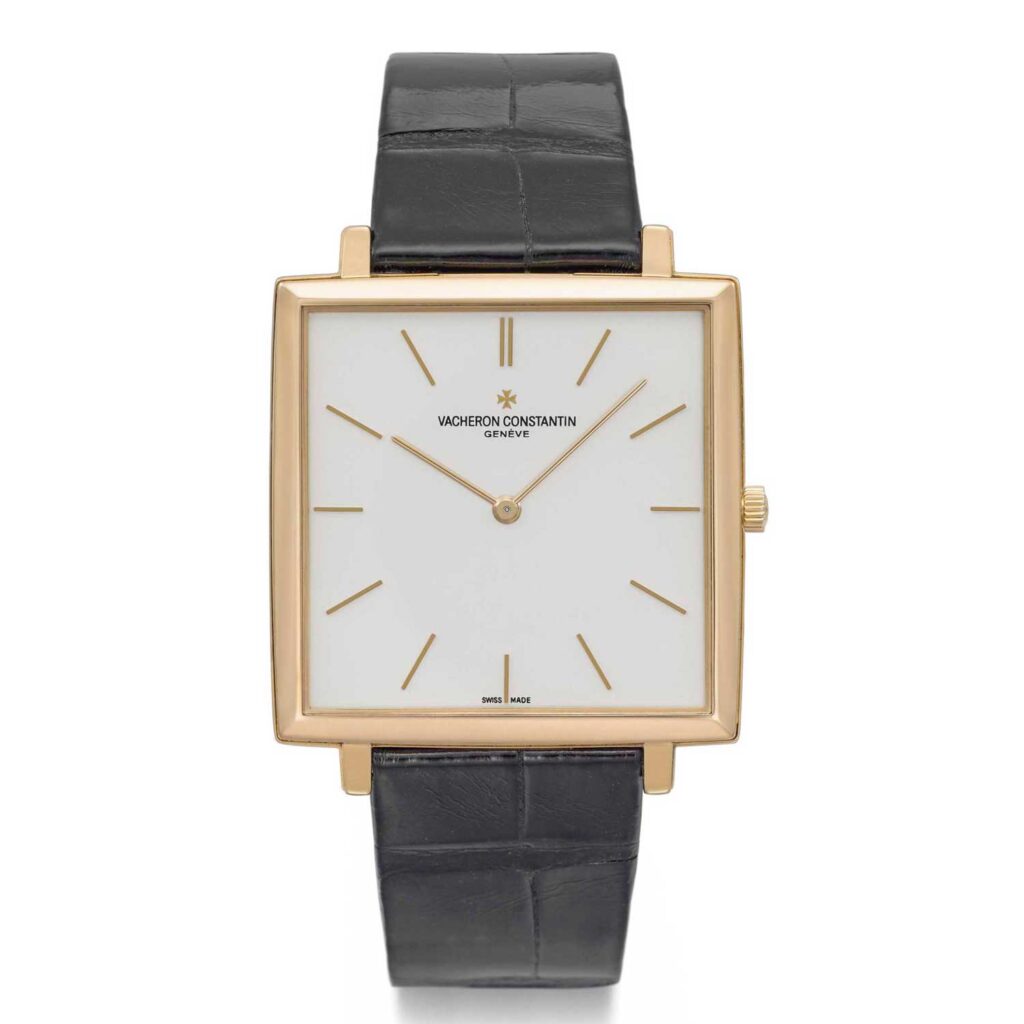
The Historiques Ultra- Fine 1968
Audemars Piguet Calibres 2120/2800, 2121, 5134 And 5133, 1972–Present Day
Like Omega and the history of the Lemania 2310, if there is any one brand whose history is symbiotically intertwined with that of the calibre 920, it’s Audemars Piguet. As previously established, thanks to the calibre 920 or as AP designed it, calibre 2121, the Royal Oak was able to boast a 39mm case diameter contrasted by a slim 7.2mm in thickness. Following the success of the Royal Oak, AP’s fortunes improved, but the brand was far from out of danger from the Quartz Crisis. Motivated to help their manufacture, a team of watchmakers started working on a secret project, which would turn out to be the world’s thinnest automatic perpetual calendar movement at 3.95mm in thickness and with a diameter of 28mm. When the three of them, Michel Rochat, Jean-Daniel Golay and Wilfred Berney, presented their movement, the 2120/2800, to AP’s then boss, Georges Golay, he was so blown away by their achievement that he immediately ordered 1,000 watches and asked his brilliant artistic director Jacqueline Dimier to design a dynamic modern wristwatch that would become the legendary AP reference 5548, which measured 36mm in diameter but was only 7mm in thickness. This ultra-thin automatic perpetual calendar, whose only rival at the time was Patek Philippe’s 3448, became an enormous success for AP and truly secured its future.
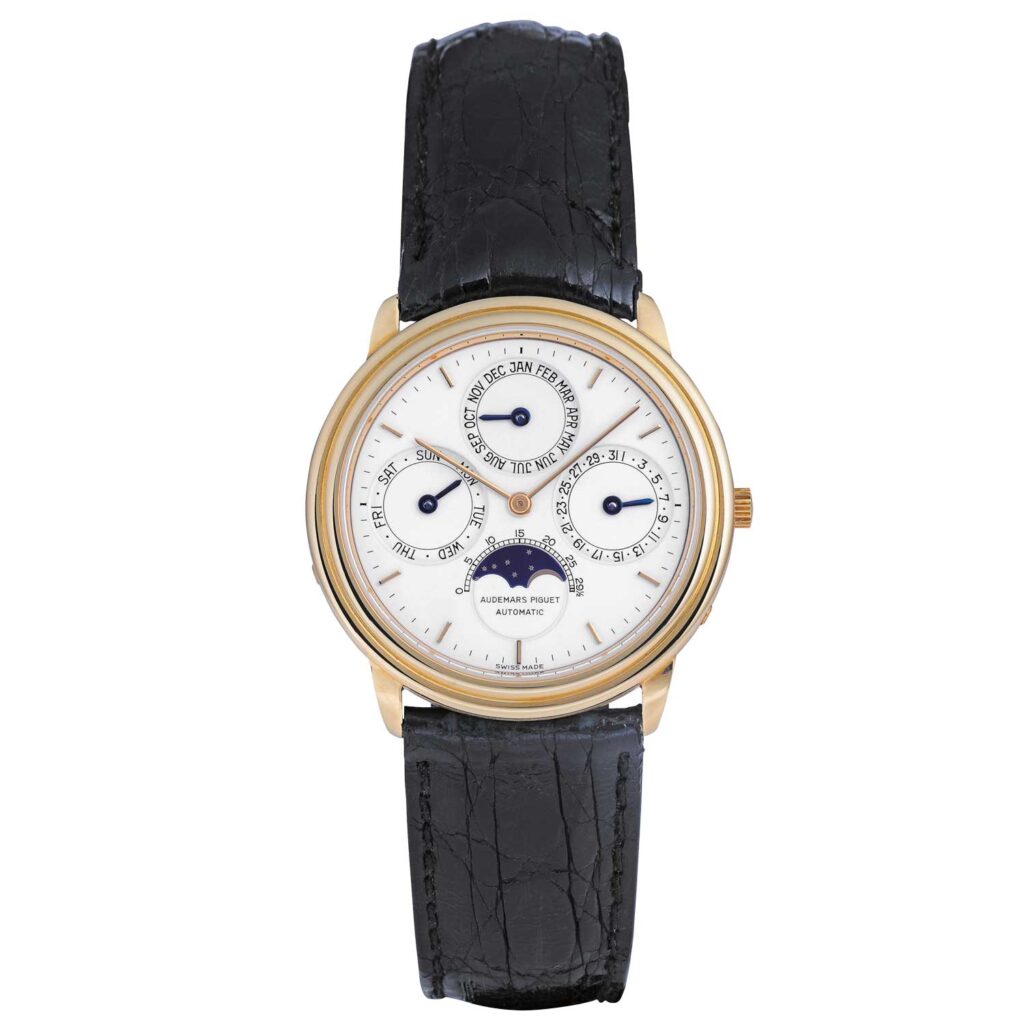
Audemars Piguet reference 5548
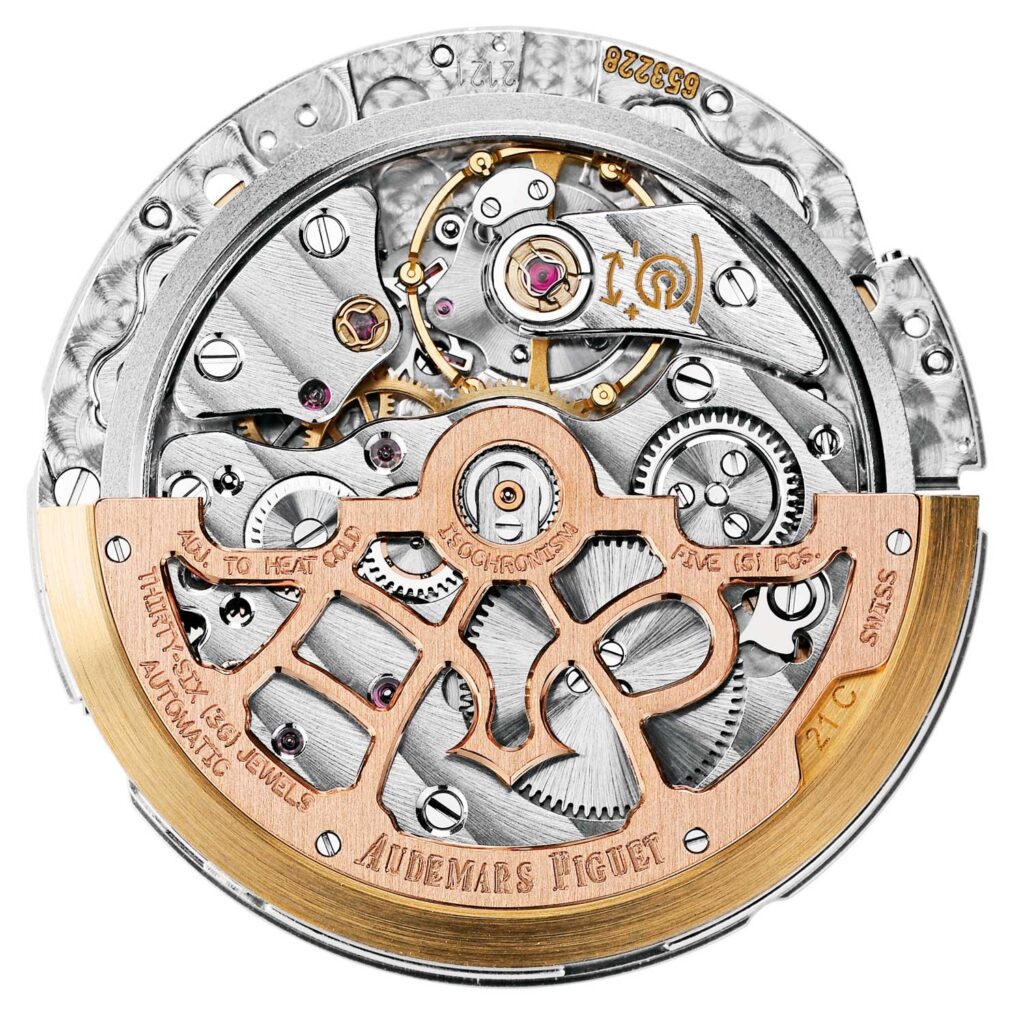
The Audemars Piguet 2121 movement
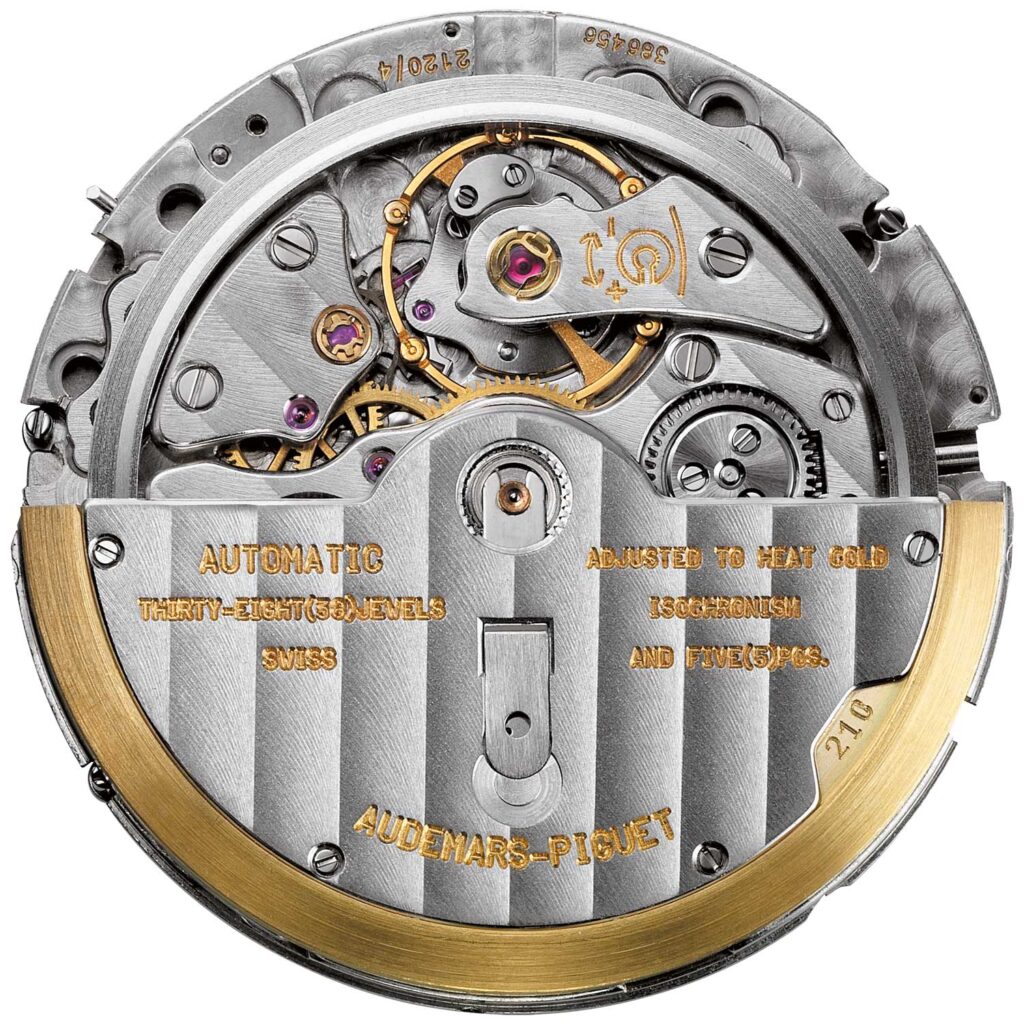
The 2121/2800 perpetual calendar movement
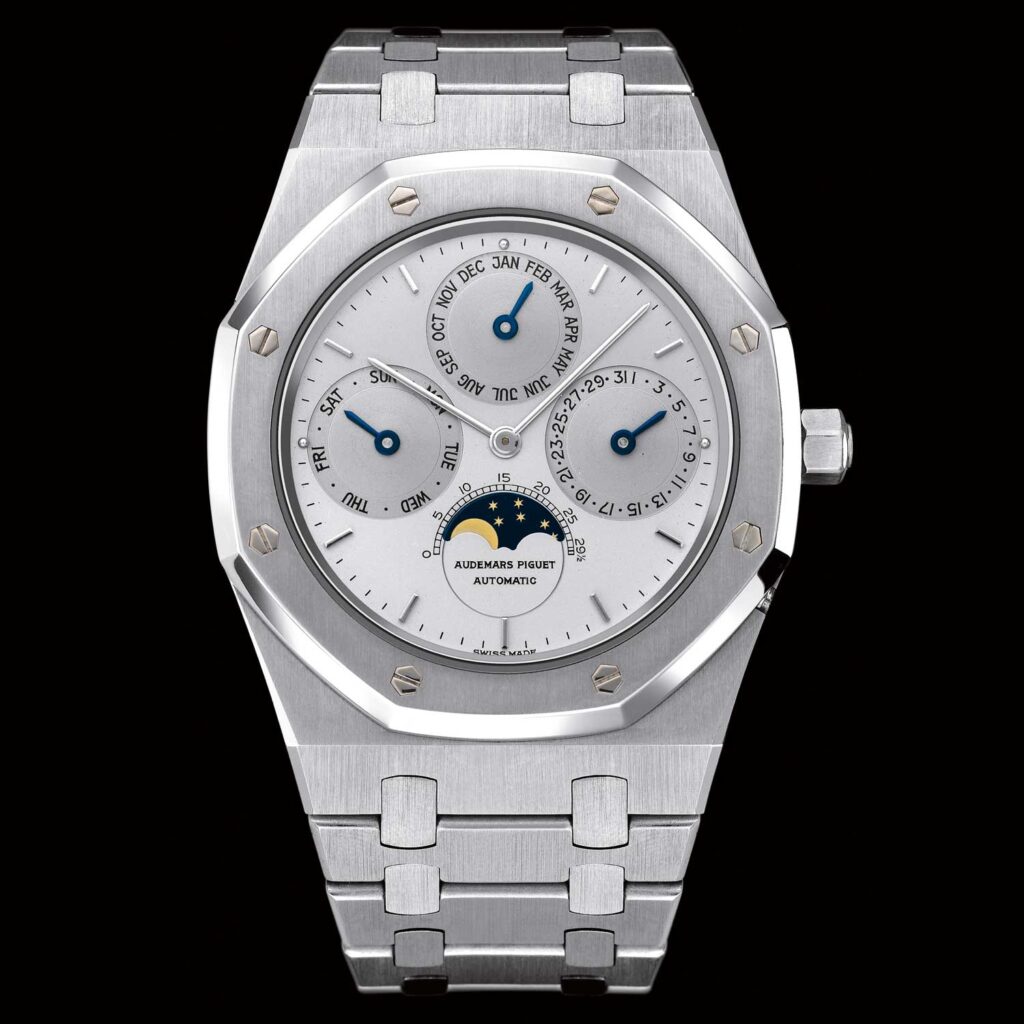
Royal Oak Perpetual Calendar (1984)
It even forms the base of the ultra-radical calibre 5133, initially made as an experimental ultra-thin perpetual calendar movement for the RD#2 concept watch unveiled in 2018. The key to this movement was the integration of the calendar mechanisms into the plate of the base calibre. This watch was commercialised in 2019 as the Royal Oak Self-Winding Perpetual Calendar Ultra-Thin reference 26586 and is considered by collectors to be the Holy Grail of sports perpetual calendars selling for well in excess of its retail price in the aftermarket. The reference 26586 is just 6.3mm in thickness, made possible by a movement that is just a mere 2.89mm thick as opposed to the 3.95mm thickness of the calibre 2120/2800 or the 4.31mm thickness of the calibre 5134.
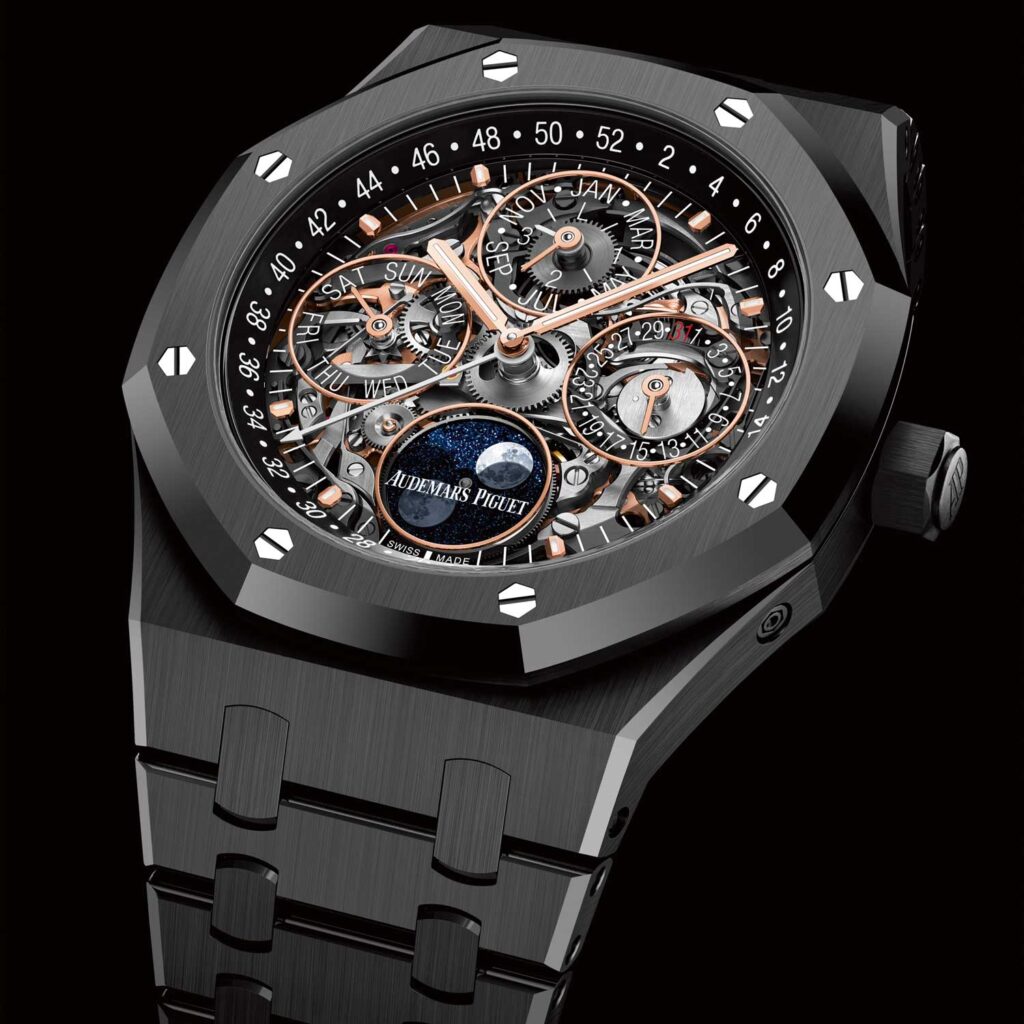
Audemars Piguet ceramic and openworked reference 26585
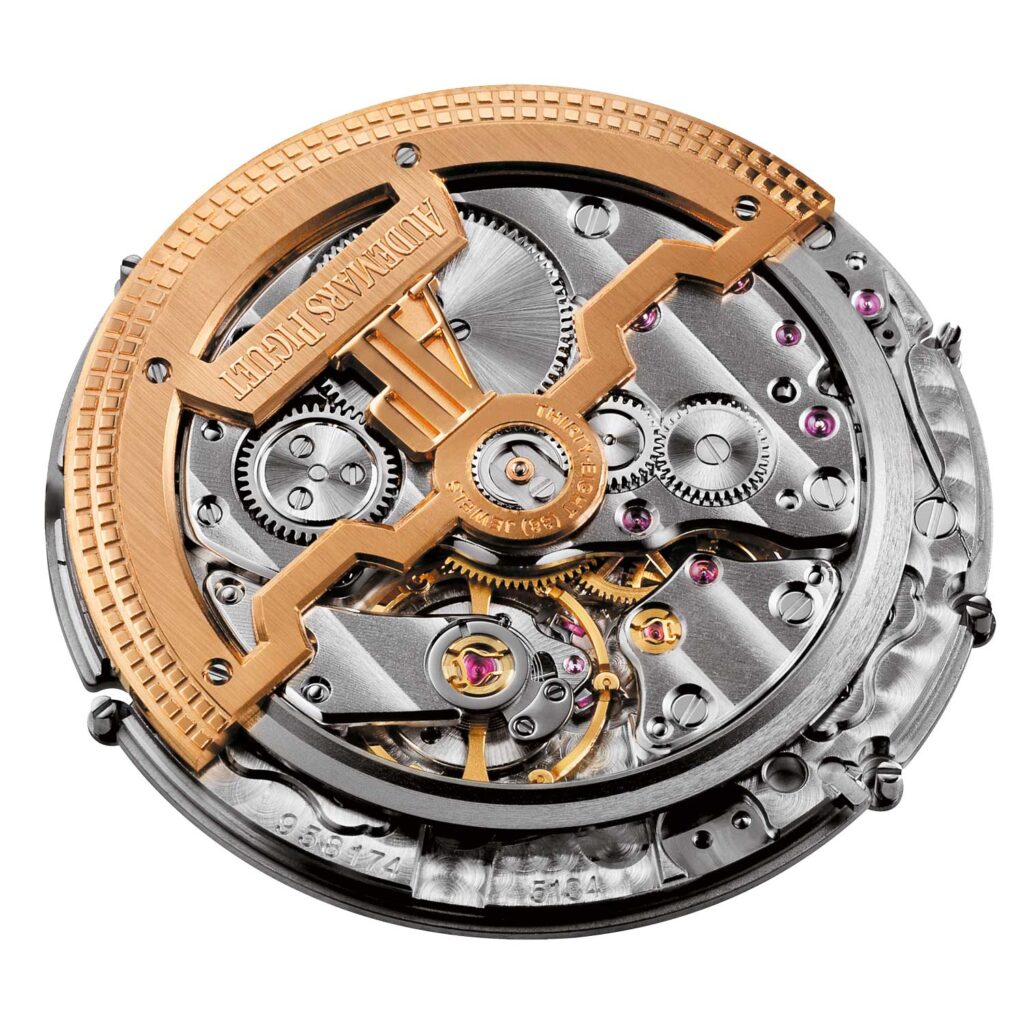
Audemars Piguet caliber 5134
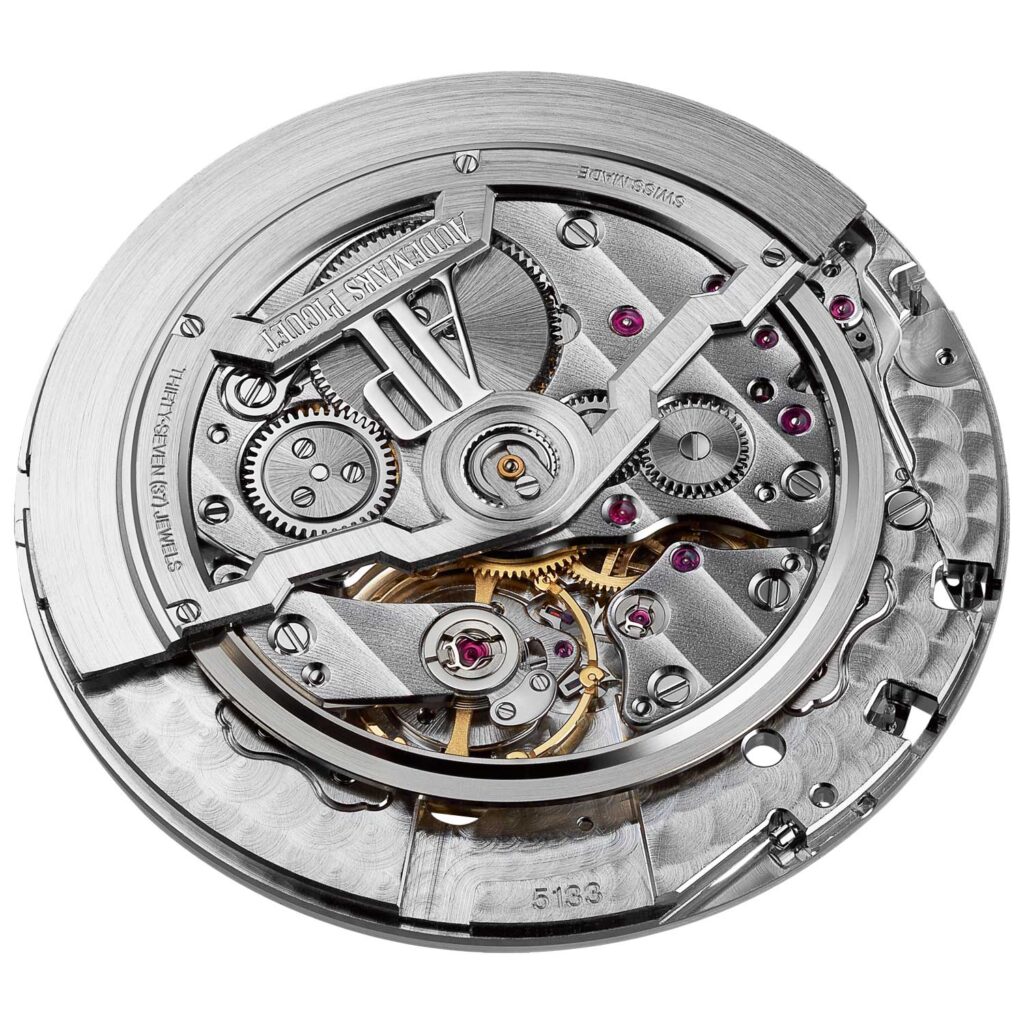
The newer, more radical ultra-thin calibre 5133 inside the RD#2
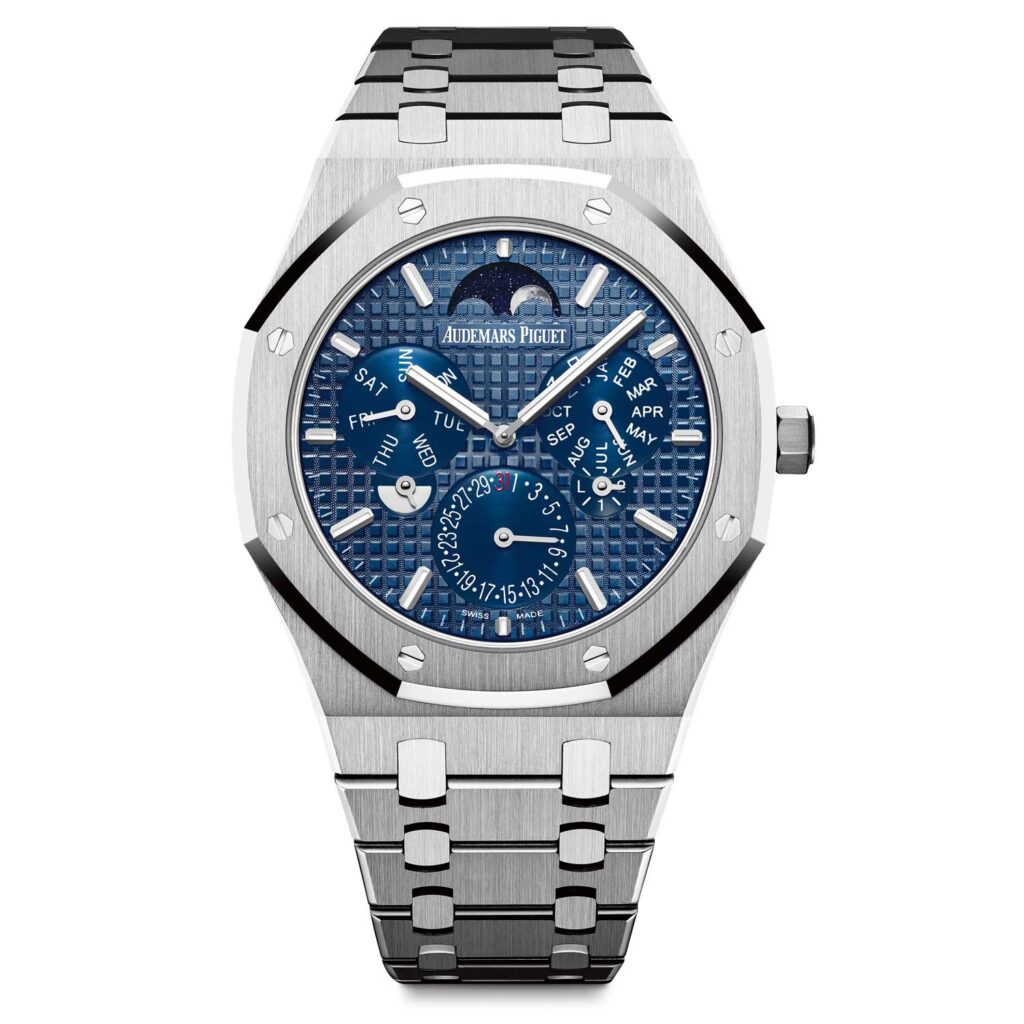
The RD#2
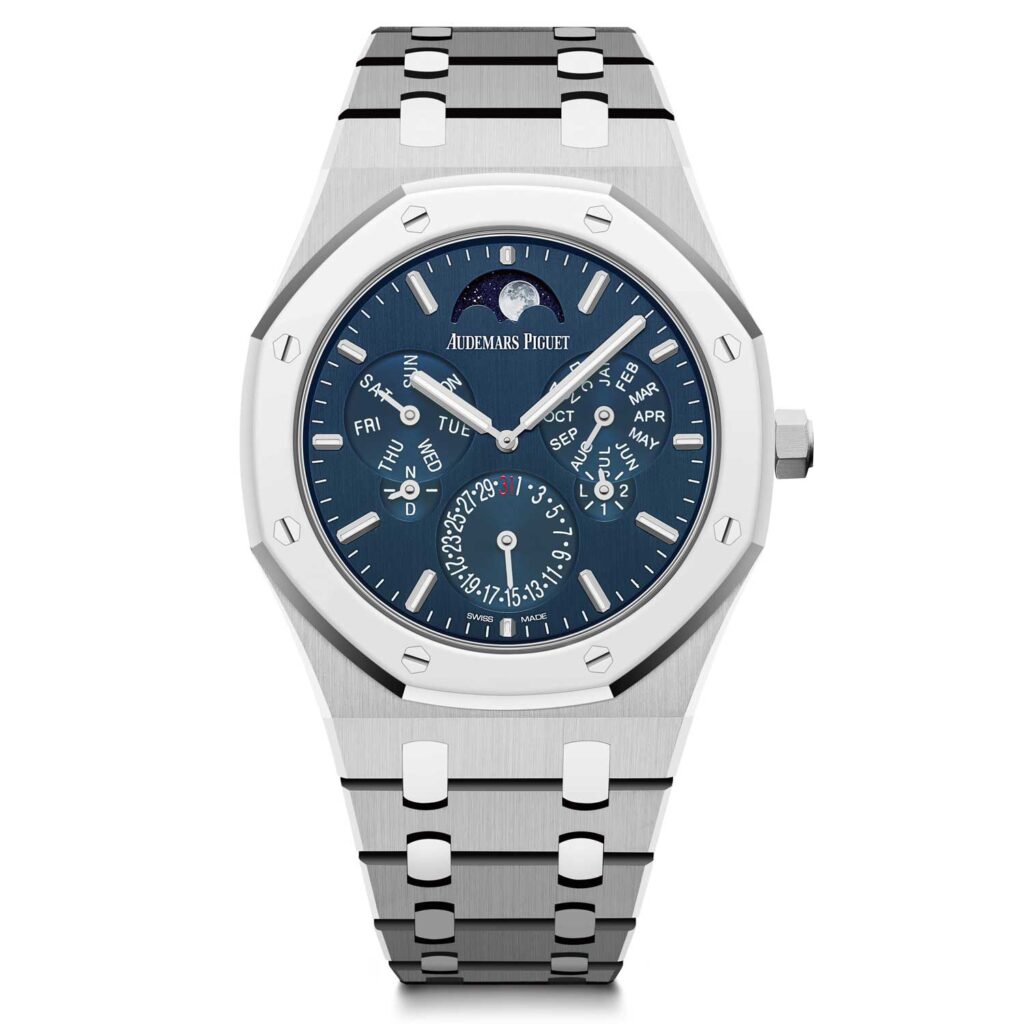
Audemars Piguet Royal Oak Selfwinding Perpetual Calendar Ultra-Thin released in 2019










